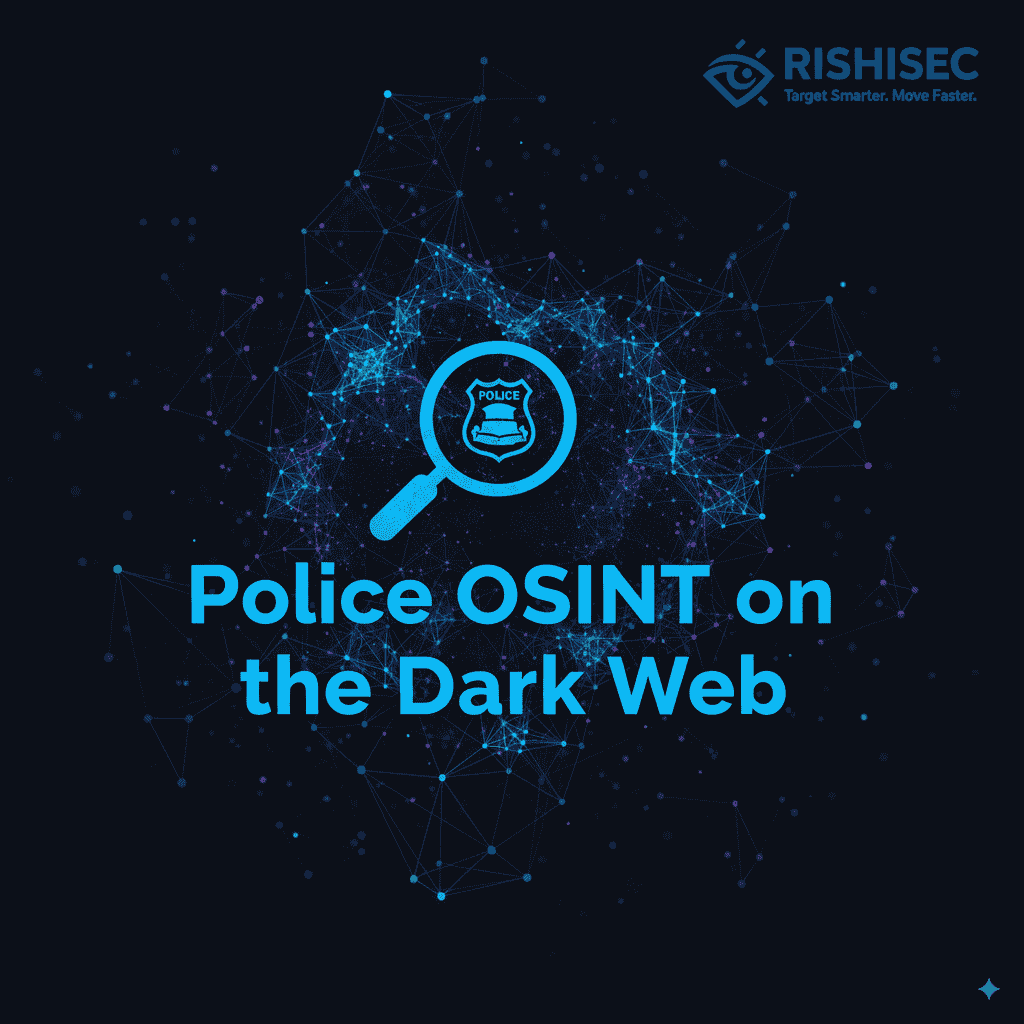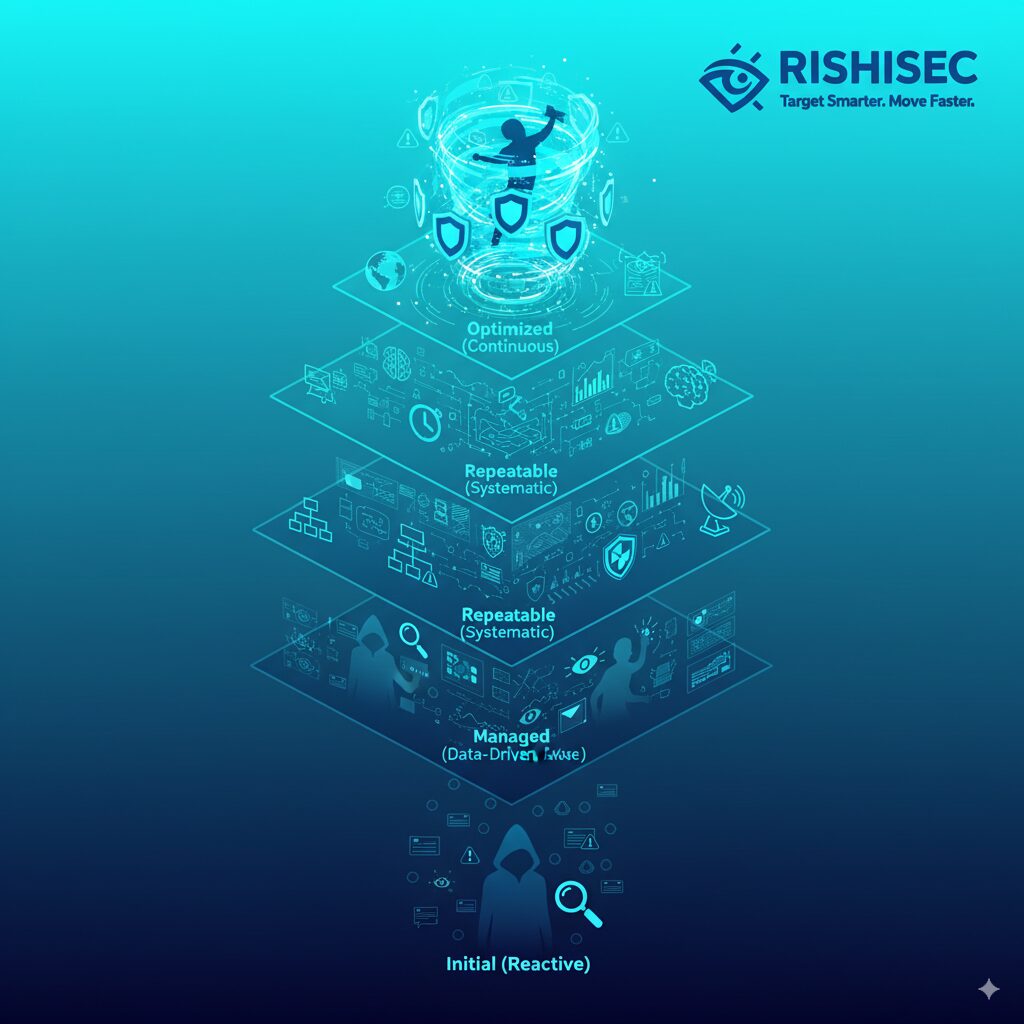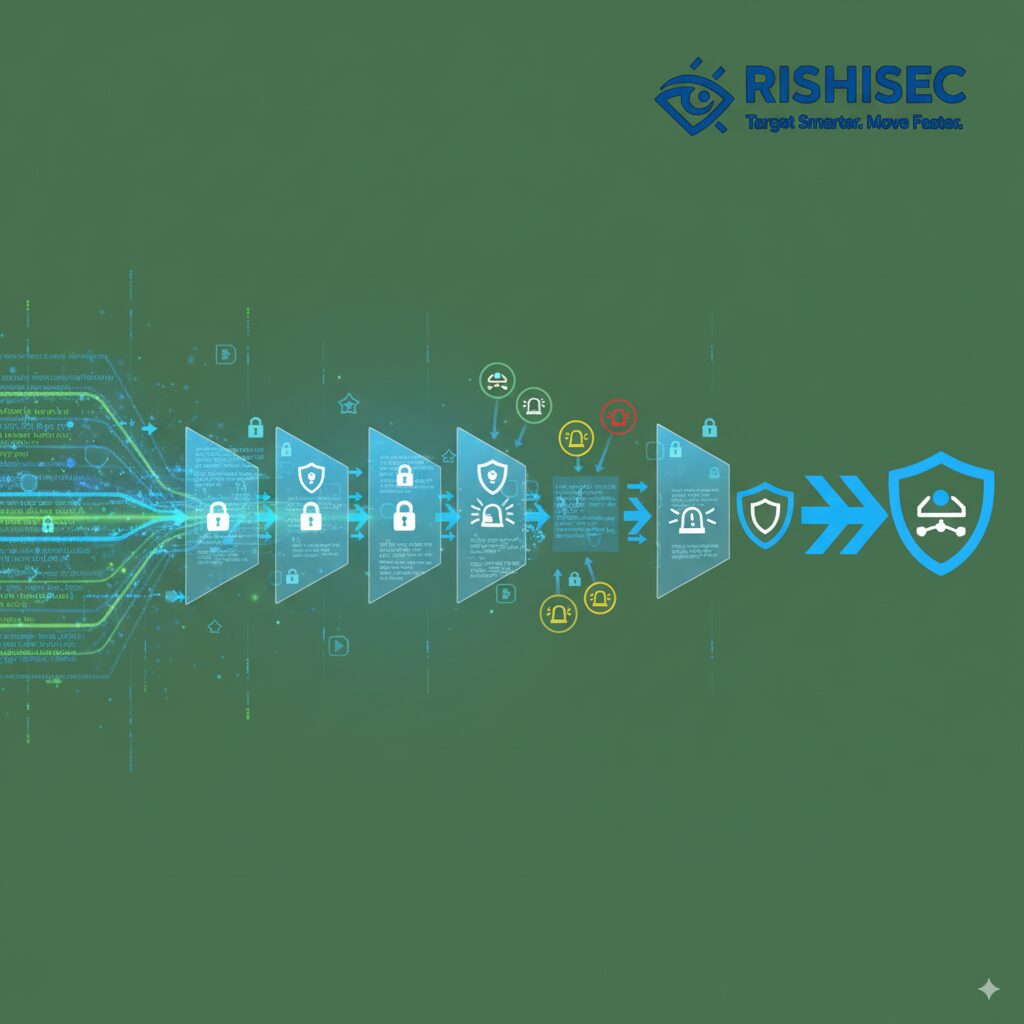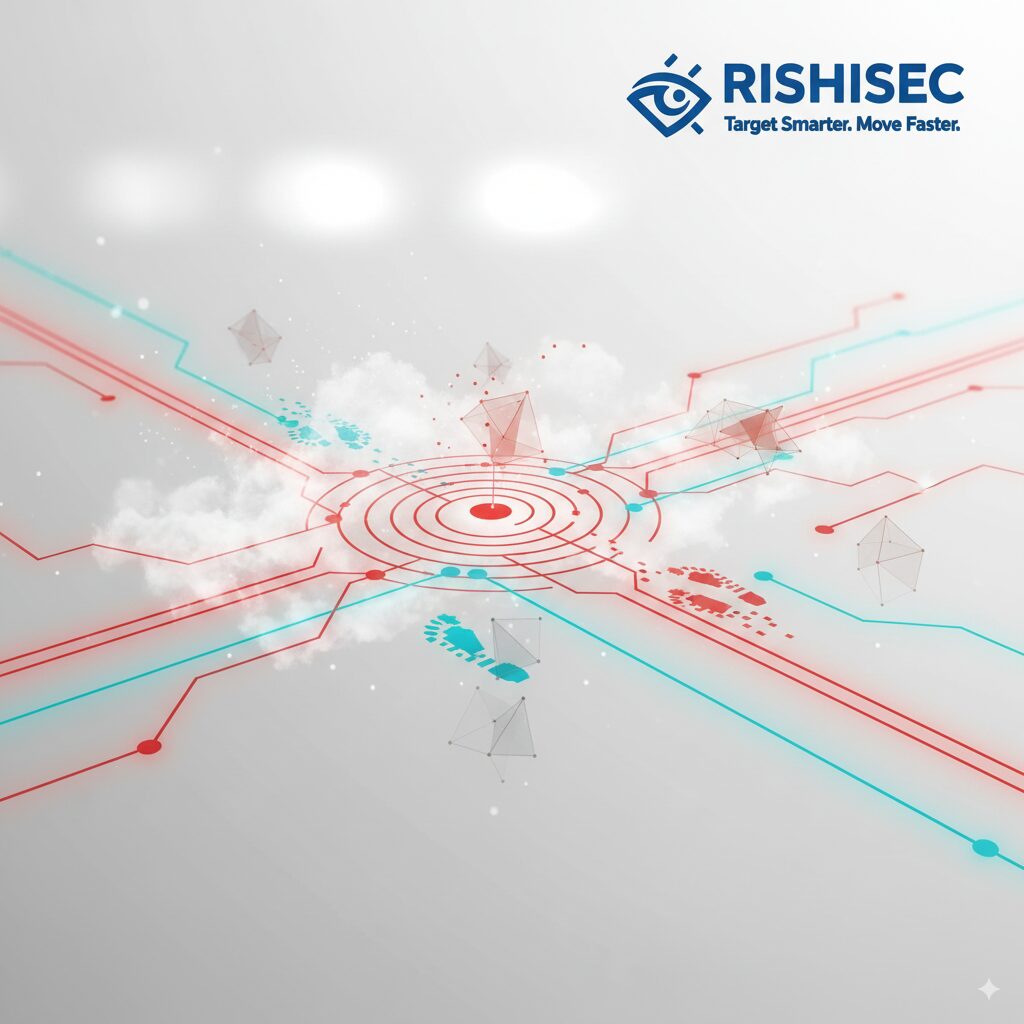Detective Michael Rodriguez stared at the encrypted message recovered from a suspect’s phone during a routine traffic stop. The text contained references to marketplace transactions, cryptocurrency addresses, and coded language that suggested something far more serious than a simple drug deal. What started as a minor traffic violation had uncovered potential connections to a dark web criminal network that spanned multiple jurisdictions.
This scenario plays out daily in police departments across the country as traditional street crimes increasingly migrate to hidden corners of the internet. Modern law enforcement officers need sophisticated police dark web investigation techniques to track criminals who believe they’re operating beyond the reach of traditional policing methods.
The dark web represents one of the most challenging frontiers in modern law enforcement, requiring specialized knowledge, tools, and investigative approaches that go far beyond conventional OSINT methods. Success in these investigations demands understanding both the technical infrastructure and the human behaviors that drive dark web criminal activity.
Understanding the Dark Web Landscape for Police Operations
The dark web operates as a hidden layer of the internet accessible only through specialized software like Tor (The Onion Router). Unlike surface web investigations, police dark web operations require understanding complex technical infrastructure while maintaining operational security and legal compliance.
Technical Architecture and Access Methods
Dark web networks use multiple layers of encryption and routing to obscure user locations and activities. Law enforcement agencies must understand these technical foundations to conduct effective investigations while preserving evidence integrity.
Tor networks route communications through multiple relay servers, making traditional IP-based tracking ineffective. However, this doesn’t make investigations impossible—it requires different approaches that focus on behavioral patterns, operational security mistakes, and correlation with surface web activities.
Moreover, cryptocurrency transactions provide another investigative avenue, as blockchain analysis can reveal transaction patterns and wallet relationships even when individual identities remain hidden. Advanced platforms like Kindi help investigators visualize these complex relationships and identify actionable intelligence from seemingly anonymous data.
Criminal Ecosystems and Marketplace Dynamics
Dark web criminal enterprises operate sophisticated marketplaces with vendor ratings, escrow services, and customer support systems that mirror legitimate e-commerce platforms. Understanding these ecosystem dynamics helps investigators predict behavior and identify vulnerabilities.
Successful police dark web investigations focus on the human elements within these technical systems. Criminals make mistakes, leave digital footprints, and exhibit behavioral patterns that trained investigators can exploit regardless of the underlying technology.
Furthermore, criminal organizations often bridge dark web and surface web activities, creating investigation opportunities through cross-border investigation techniques that connect anonymous activities with real-world identities.
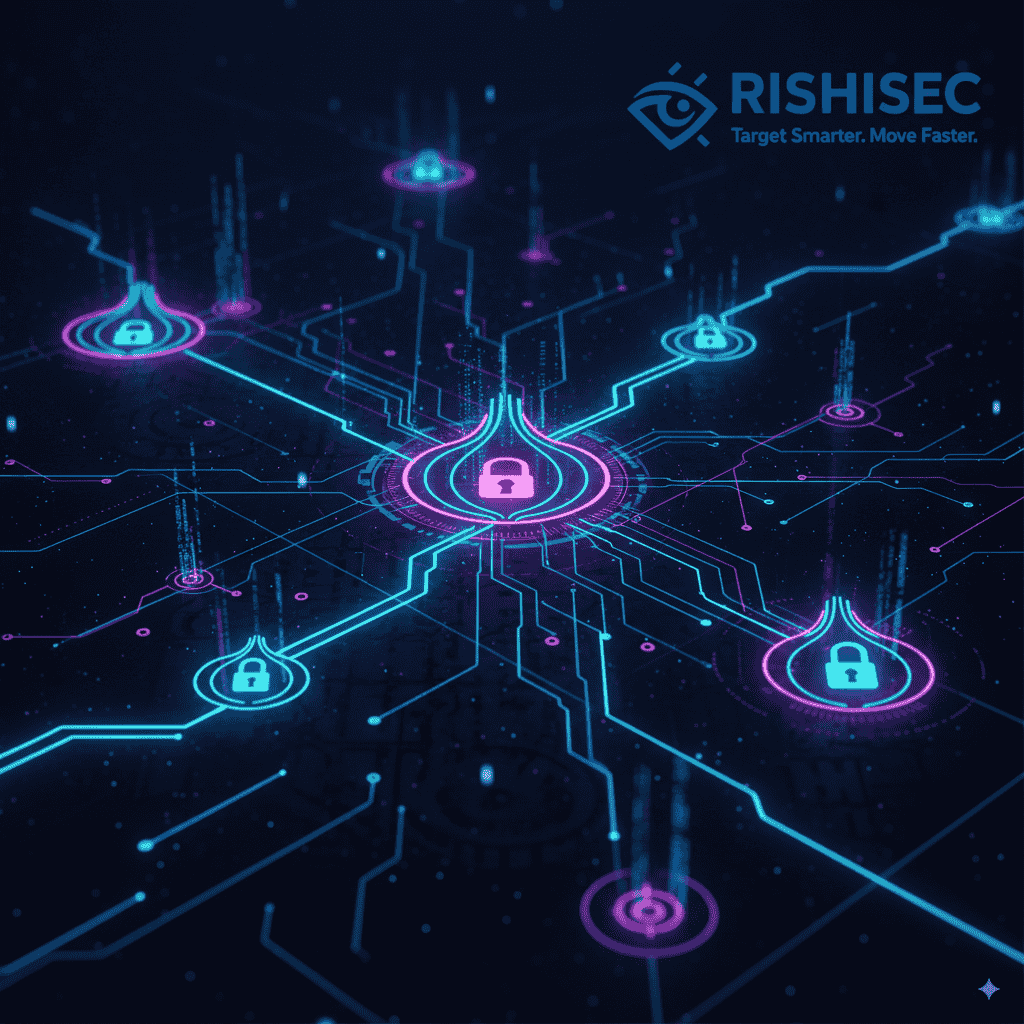
Legal and Ethical Frameworks for Dark Web Police Operations
Police dark web investigations operate in complex legal territories that require careful navigation of privacy rights, jurisdictional issues, and evidence collection standards. Successful prosecutions depend on maintaining legal integrity throughout the investigation process.
Constitutional Considerations and Privacy Rights
Fourth Amendment protections apply to dark web investigations, but the application can be complex when dealing with anonymous communications and encrypted data. Law enforcement agencies must develop clear protocols that protect constitutional rights while enabling effective investigations.
Reasonable expectation of privacy analysis becomes particularly nuanced in dark web contexts. While users may believe they’re anonymous, courts have ruled that certain investigative techniques don’t violate privacy expectations when applied to dark web activities.
Search warrant requirements remain critical for accessing encrypted communications, user devices, and cryptocurrency wallets. Agencies must work closely with prosecutors to ensure warrant applications adequately describe technical methodologies and legal justifications.
Jurisdictional Challenges and Multi-Agency Coordination
Dark web investigations frequently cross state and national boundaries, requiring coordination between multiple law enforcement agencies with different legal frameworks and operational procedures.
Federal agencies like FBI, DEA, and ICE maintain specialized dark web investigation units that can provide technical assistance and legal guidance to local departments. Building relationships with these agencies early in investigations improves outcomes and reduces legal risks.
International cooperation becomes essential when investigations involve overseas servers, foreign cryptocurrency exchanges, or multinational criminal organizations. Understanding mutual legal assistance treaties and international law enforcement cooperation mechanisms helps investigators navigate these complex scenarios.
Technical Investigation Methods and Tools
Effective police dark web investigations require specialized technical approaches that balance investigative needs with operational security and legal requirements. The most successful agencies develop comprehensive technical capabilities while maintaining strict protocols.
Network Analysis and Traffic Correlation
While direct IP tracking may be impossible on dark web networks, investigators can analyze traffic patterns, timing correlations, and network behaviors to identify connections between anonymous activities and real-world identities.
Advanced network analysis tools can identify unique behavioral signatures that persist across different platforms and time periods. These “digital fingerprints” help investigators connect seemingly unrelated activities to specific individuals or organizations.
Traffic analysis requires sophisticated monitoring capabilities and data analysis tools that can process large volumes of network data while identifying subtle patterns that indicate criminal activity.
Cryptocurrency Investigation Techniques
Cryptocurrency transactions provide significant investigative opportunities despite their perceived anonymity. Blockchain analysis reveals transaction histories, wallet relationships, and exchange interactions that can lead to real-world identities.
Most criminals eventually convert cryptocurrency to traditional currency through regulated exchanges that maintain customer identification records. These conversion points create investigation opportunities that bypass dark web anonymity protections.
Additionally, cryptocurrency mixing services and privacy coins create additional complexity but also generate distinctive transaction patterns that trained analysts can identify and investigate.
| Investigation Method | Technical Requirements | Legal Considerations |
|---|---|---|
| Blockchain Analysis | Specialized software, transaction databases | Public ledger access, exchange cooperation |
| Network Traffic Analysis | Monitoring equipment, pattern recognition | Warrant requirements, privacy protections |
| Marketplace Infiltration | Operational security, cover identities | Entrapment concerns, evidence handling |
| Device Exploitation | Forensic tools, encryption bypass | Search warrants, chain of custody |
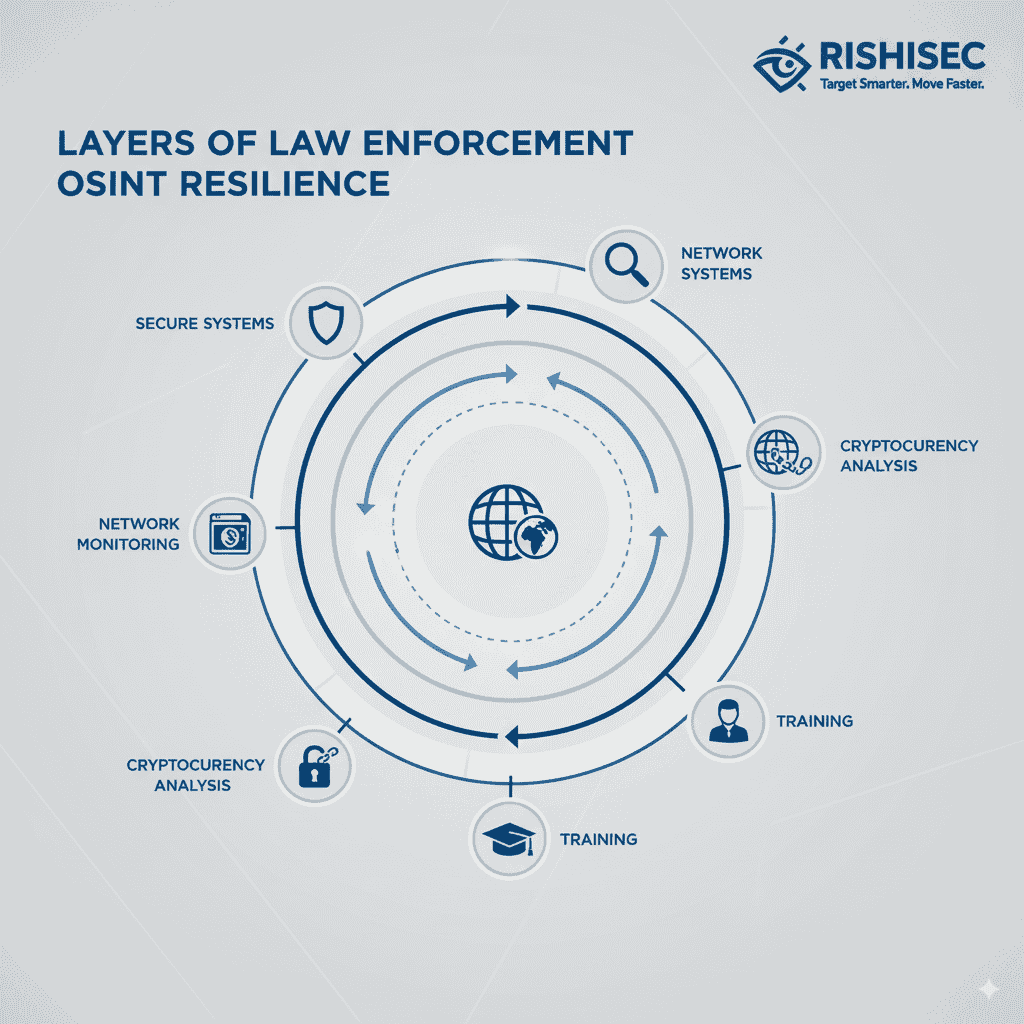
Building Dark Web Investigation Capabilities in Police Departments
Most police departments lack specialized dark web investigation capabilities, creating gaps that criminals exploit. Building these capabilities requires strategic planning, appropriate technology investments, and comprehensive training programs.
Personnel Selection and Training Requirements
Successful dark web investigators need technical skills, investigative experience, and psychological resilience to handle disturbing criminal content. Not every officer is suited for this specialized work, making careful personnel selection critical.
Training programs must cover technical skills like network analysis and cryptocurrency investigation alongside traditional investigative techniques adapted for digital environments. Officers need understanding of both the technology and the criminal behaviors it enables.
Ongoing education remains essential as dark web technologies evolve rapidly. Investigators must stay current with new platforms, privacy tools, and criminal methodologies to maintain effectiveness.
Partnerships with federal agencies, academic institutions, and cybersecurity companies can provide training resources that individual departments couldn’t develop independently. These relationships also create channels for ongoing technical support and case consultation.
Technology Infrastructure and Tool Selection
Dark web investigations require specialized software, secure communication systems, and analysis platforms that may differ significantly from traditional police technology.
Agencies need secure environments for accessing dark web sites, analyzing criminal content, and maintaining investigative cover identities. These systems must balance functionality with operational security to protect both investigations and investigator safety.
Evidence management becomes particularly complex when dealing with encrypted communications, cryptocurrency transactions, and digital forensic artifacts from dark web investigations. Specialized tools and procedures ensure evidence integrity and admissibility.
Integration with existing police systems enables investigators to correlate dark web intelligence with traditional law enforcement databases and ongoing investigations. Platforms that support automated OSINT investigations can streamline this correlation process and identify connections that manual analysis might miss.
Case Development and Prosecution Strategies
Building successful prosecutions from dark web investigations requires careful case development that transforms complex technical evidence into compelling legal arguments that judges and juries can understand.
Evidence Collection and Preservation
Dark web evidence presents unique challenges in terms of collection, preservation, and presentation. Digital forensic protocols must account for encryption, anonymity technologies, and volatile data that may disappear without proper handling.
Chain of custody procedures require adaptation for digital evidence that exists across multiple jurisdictions and technical platforms. Documentation must clearly explain technical methodologies in language that legal professionals can understand and verify.
Expert testimony becomes critical for explaining complex technical concepts to judges and juries. Investigators must be prepared to articulate their methods, limitations, and conclusions in clear, non-technical terms.
Prosecution Coordination and Legal Strategy
Successful dark web prosecutions require close coordination between investigators, prosecutors, and technical experts from the earliest stages of investigation. Legal strategy must account for technical constraints and opportunities throughout the investigation process.
Prosecutors need education about dark web technologies, investigation methodologies, and legal precedents to build effective cases. This education should begin before charges are filed and continue through trial preparation.
Plea negotiation strategies can leverage the technical complexity and lengthy prison sentences associated with dark web crimes to encourage cooperation and information sharing that supports additional investigations.
Operational Security and Investigator Safety
Dark web investigations expose officers to significant risks including sophisticated criminals, disturbing content, and potential retaliation. Comprehensive safety protocols protect both investigations and investigator wellbeing.
Technical Security Measures
Investigators accessing dark web sites must maintain strict operational security to protect their identities and prevent compromise of ongoing investigations. Technical security measures include secure networks, encrypted communications, and isolated investigation environments.
Cover identity management requires sophisticated technical and procedural controls that prevent criminals from identifying law enforcement activities. These measures must balance investigative effectiveness with security requirements.
Counter-surveillance techniques help investigators identify and respond to attempts by criminals to unmask or retaliate against law enforcement activities. These techniques must evolve continuously as criminal counter-intelligence capabilities improve.
Psychological Support and Wellness Programs
Dark web investigations expose officers to disturbing criminal content that can cause psychological trauma and burnout. Comprehensive wellness programs address these risks proactively rather than reactively.
Regular psychological evaluations, peer support programs, and professional counseling services help investigators maintain mental health while conducting difficult investigations. These programs must be mandatory rather than voluntary to ensure effectiveness.
Rotation policies limit individual exposure to disturbing content while maintaining investigation continuity. Balanced workloads and regular breaks help prevent psychological damage that could affect both officer wellbeing and investigation quality.
Intelligence Sharing and Regional Cooperation
Dark web criminal networks operate across jurisdictional boundaries, requiring coordinated intelligence sharing and regional cooperation to achieve successful outcomes.
Fusion Center Integration
Regional fusion centers provide platforms for sharing dark web intelligence across agencies and jurisdictions. These centers can analyze patterns, identify connections, and coordinate multi-jurisdictional responses that individual agencies couldn’t achieve independently.
Information sharing protocols must balance operational security with collaboration needs. Agencies need systems that enable sharing relevant intelligence while protecting ongoing investigations and sensitive methodologies.
Standardized reporting formats and classification systems improve the quality and utility of shared intelligence. Common terminology and analytical frameworks help different agencies understand and act on shared information effectively.
Federal and International Partnerships
Federal agencies maintain specialized dark web investigation capabilities that local departments can access through formal partnership agreements. These relationships provide technical assistance, legal guidance, and prosecution support for complex cases.
International cooperation enables investigations of criminal networks that span multiple countries. Understanding diplomatic channels, legal treaties, and foreign law enforcement capabilities helps investigators navigate international aspects of dark web cases.
Private sector partnerships with cybersecurity companies, cryptocurrency exchanges, and technology platforms provide additional investigation resources and technical expertise. These partnerships must be managed carefully to maintain legal compliance and operational security.
Emerging Trends and Future Challenges
Dark web criminal activities continue evolving rapidly, requiring law enforcement agencies to anticipate future challenges and adapt their capabilities accordingly.
Technology Evolution and Criminal Adaptation
New privacy technologies, improved encryption methods, and decentralized platforms create ongoing challenges for law enforcement investigations. Agencies must monitor these developments and adapt their methodologies proactively.
Artificial intelligence and machine learning technologies are being adopted by both criminals and law enforcement, creating an arms race that requires continuous capability development and technical innovation.
Cryptocurrency evolution toward more private and decentralized systems may reduce investigation opportunities while creating new technical challenges that require different analytical approaches.
Legal and Policy Development
Legal frameworks for dark web investigations continue evolving as courts address new technologies and investigative methods. Agencies must stay current with legal developments and adjust their procedures accordingly.
Policy development at federal, state, and local levels affects investigation authorities, resource allocation, and inter-agency cooperation. Active participation in policy discussions helps ensure that legal frameworks support effective law enforcement while protecting civil liberties.
The development of international law impacts cross-border investigations and evidence sharing. Understanding emerging treaties, agreements, and cooperative mechanisms helps investigators plan for future international cases.
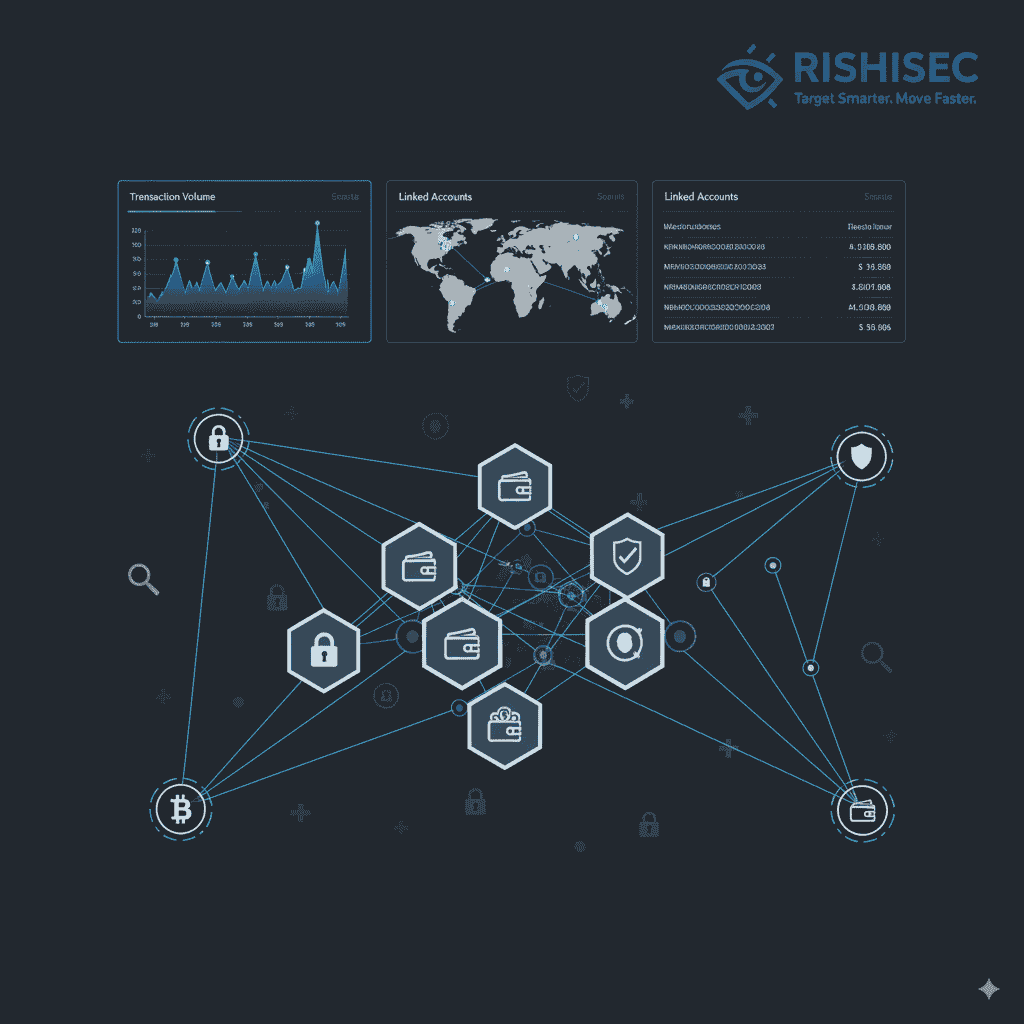
Building Your Department’s Dark Web Investigation Program
Developing effective police dark web investigation capabilities requires systematic planning, appropriate resource allocation, and long-term commitment to capability development and maintenance.
Assessment and Planning Phase
Begin with comprehensive assessments of current threats, existing capabilities, and resource constraints. Understanding your department’s specific needs and limitations guides program development and resource allocation decisions.
Stakeholder engagement includes prosecutors, federal partners, and regional law enforcement agencies. Early coordination improves program design and creates support networks for ongoing operations.
Pilot programs allow departments to test approaches, develop expertise, and demonstrate value before committing to full-scale capability development. These pilots provide learning opportunities and help refine implementation strategies.
Implementation and Capability Development
Phased implementation spreads costs over time while building organizational capability gradually. Start with basic technical infrastructure and training, then add advanced capabilities as expertise and resources develop.
Training partnerships with federal agencies, academic institutions, and private sector experts provide cost-effective capability development that individual departments couldn’t afford independently.
Performance measurement systems track program effectiveness, resource utilization, and case outcomes. Regular evaluation and adjustment ensure programs continue meeting agency needs and community safety objectives.
Maximizing Investigation Impact Through Strategic Focus
Successful police dark web investigation programs focus resources on high-impact cases that provide maximum community benefit while building organizational capability and legal precedent.
Target selection should prioritize cases with strong evidence, clear legal frameworks, and potential for successful prosecution. Building a track record of successful cases creates organizational confidence and community support for program expansion.
Intelligence development should focus on criminal networks rather than individual transactions. Network disruption creates broader impact and provides intelligence that supports multiple investigations and prosecutions.
Community impact measurement demonstrates program value to stakeholders and justifies resource allocation. Tracking metrics like criminal network disruption, drug seizures, and victim recovery provides concrete evidence of program effectiveness.
The future of law enforcement depends on agencies that can adapt to evolving criminal technologies while maintaining legal integrity and community trust. Dark web investigation capabilities represent a critical component of this adaptation, enabling police departments to protect communities in an increasingly digital world.
Want to strengthen your OSINT skills and dark web investigation capabilities? Check out our OSINT courses for practical, hands-on training. Additionally, explore Kindi to discover how AI-powered OSINT platforms can enhance your dark web investigations while maintaining the operational security and legal compliance your department requires.
FAQ
Is it legal for police to access dark web sites during investigations?
Yes, law enforcement officers can legally access dark web sites as part of criminal investigations, provided they follow proper protocols and obtain necessary warrants for specific investigative actions. Accessing public dark web content generally doesn’t require warrants, but deeper investigative activities typically do.
What training do officers need before conducting dark web investigations?
Officers need training in technical skills (network analysis, cryptocurrency investigation, digital forensics), legal frameworks (Fourth Amendment applications, jurisdictional issues), operational security, and psychological preparation for disturbing content. Training typically requires 40-80 hours initially plus ongoing education.
How much does it cost to establish dark web investigation capabilities?
Initial setup costs range from $50,000-200,000 depending on department size and capability scope. This includes specialized software, secure hardware, training, and facility modifications. Annual operating costs typically range from $25,000-75,000 per investigator.
Can small police departments conduct dark web investigations?
Yes, through regional cooperation, federal partnerships, and shared resources. Many small departments participate in task forces or receive federal assistance that provides access to specialized capabilities and expertise they couldn’t develop independently.
What types of crimes are most commonly investigated on the dark web?
Common dark web crimes include drug trafficking, weapons sales, stolen data markets, child exploitation, human trafficking, and cybercrime services. However, investigations often reveal connections to traditional crimes like fraud, money laundering, and violent offenses.

